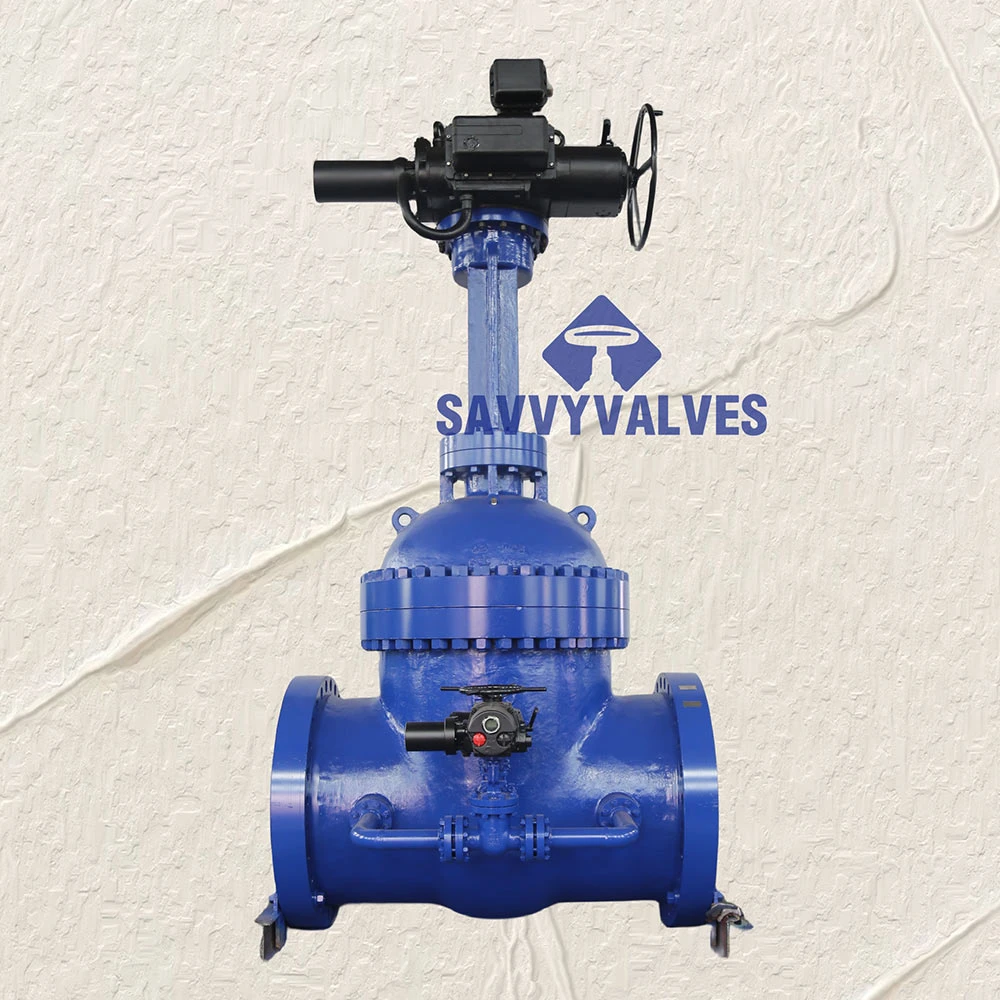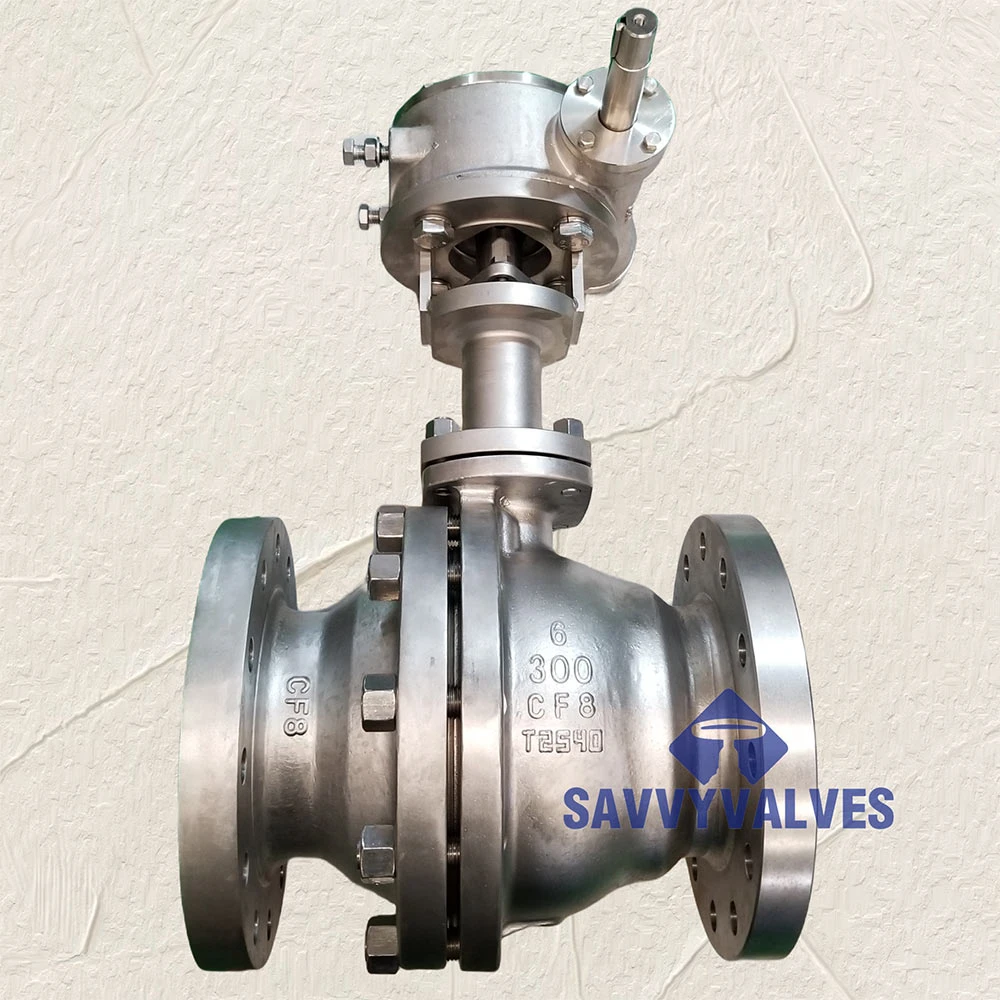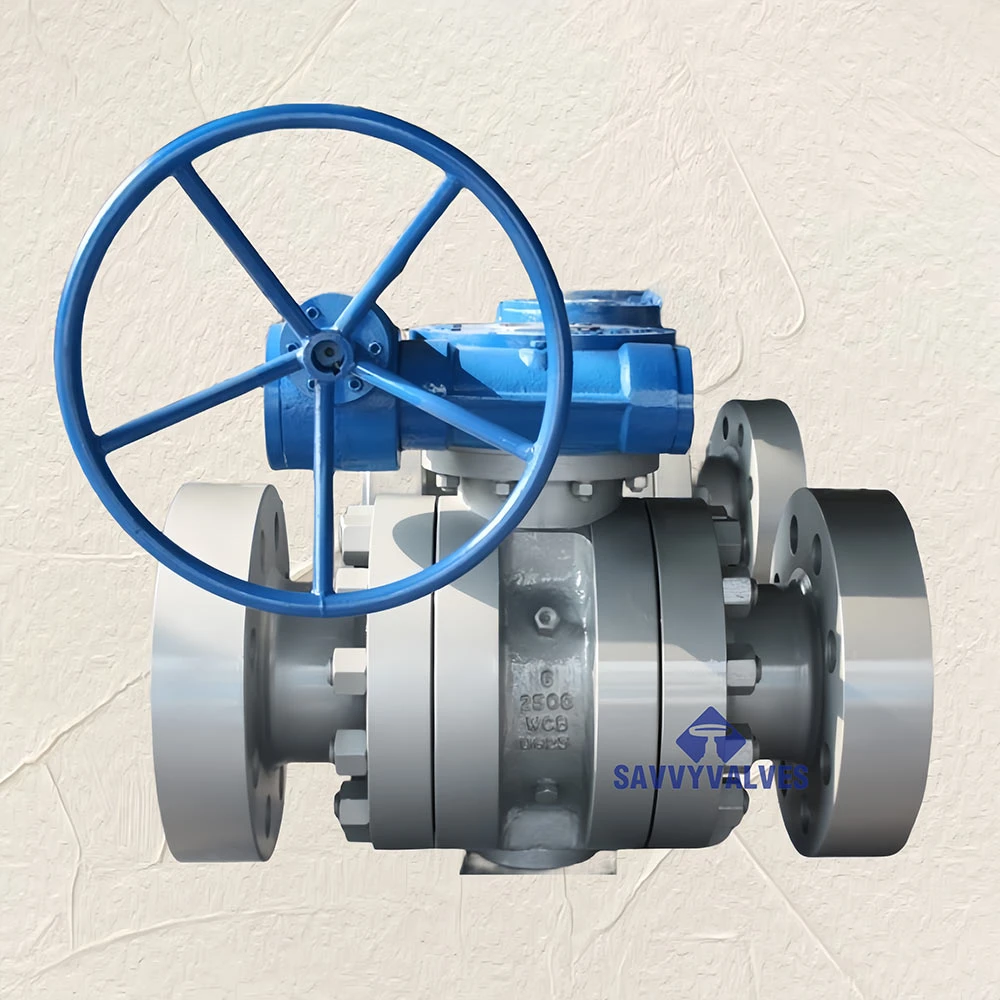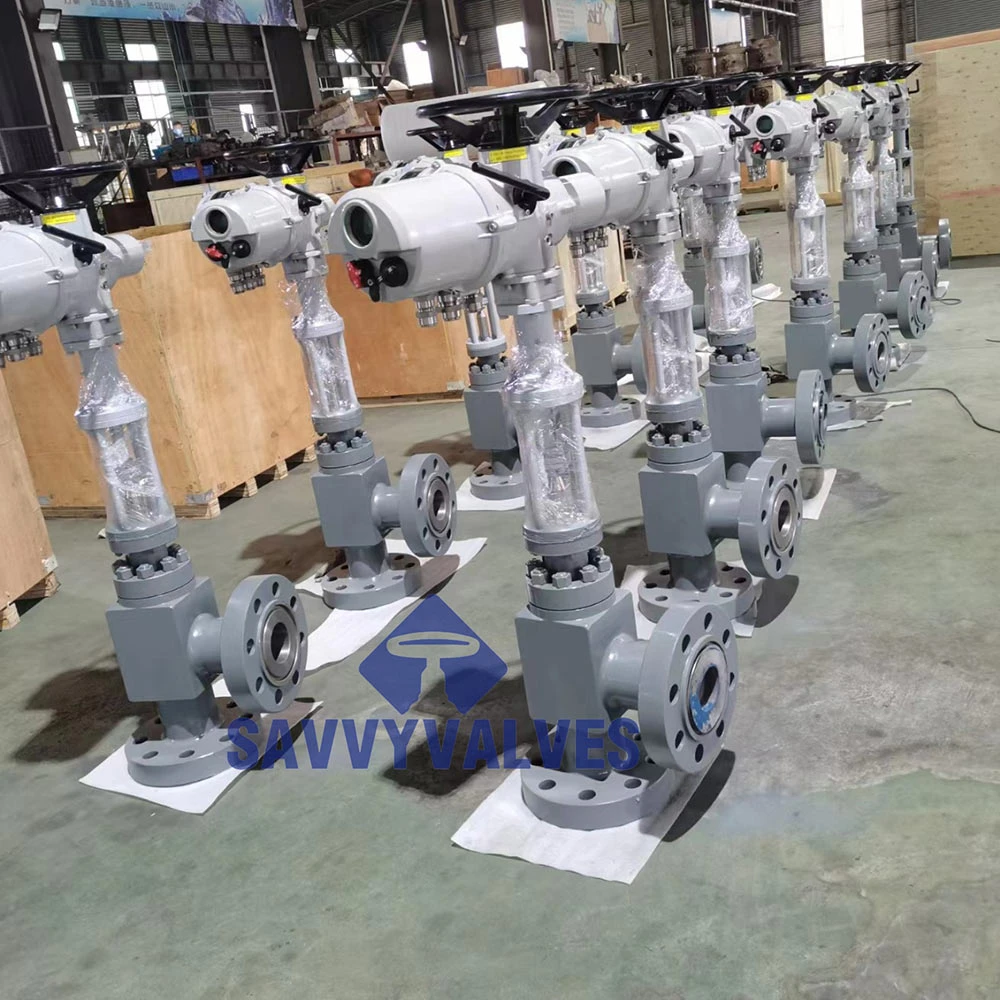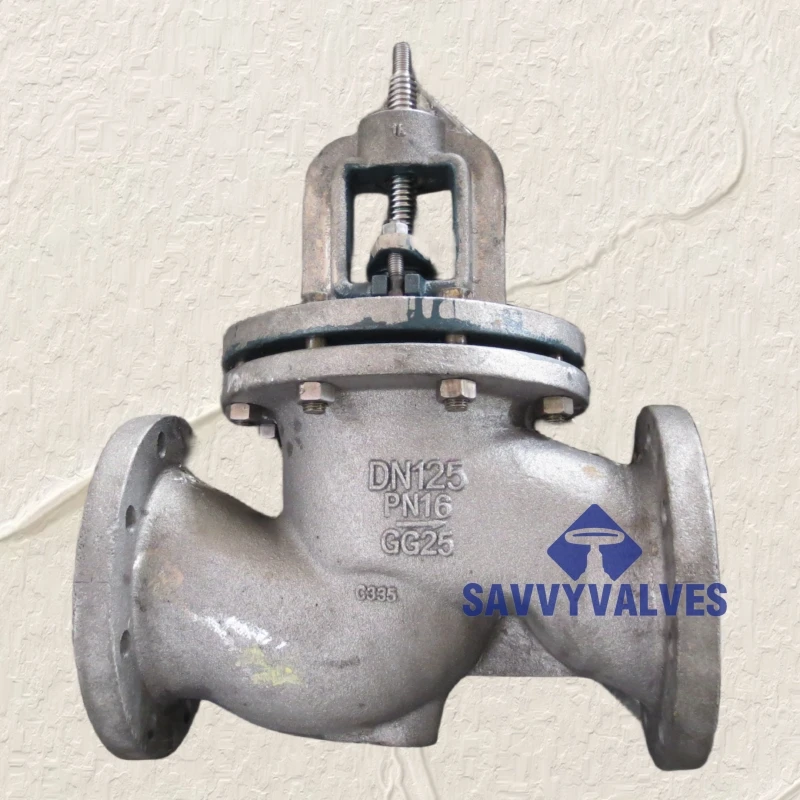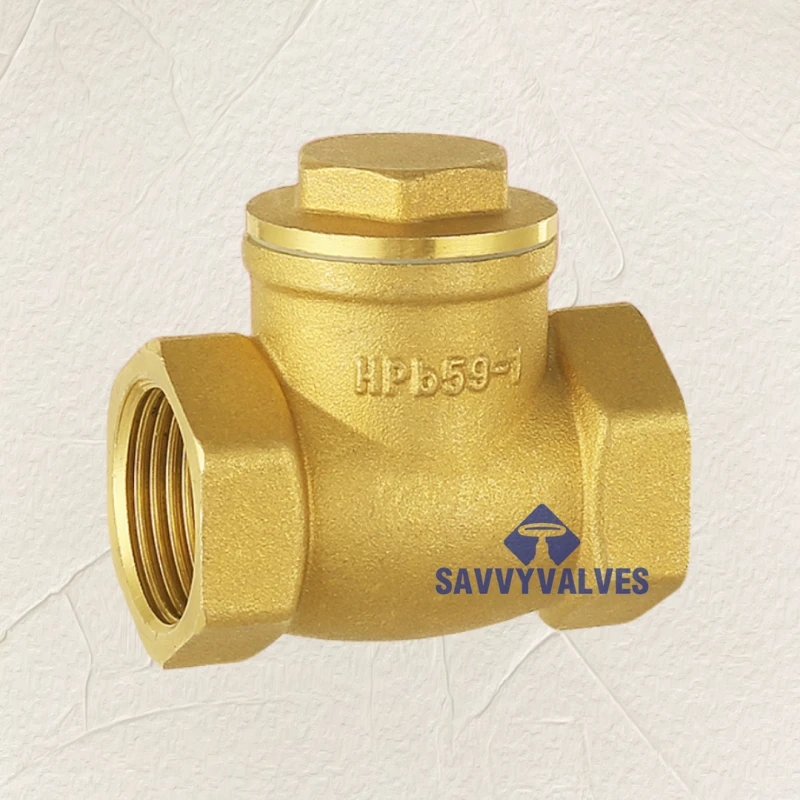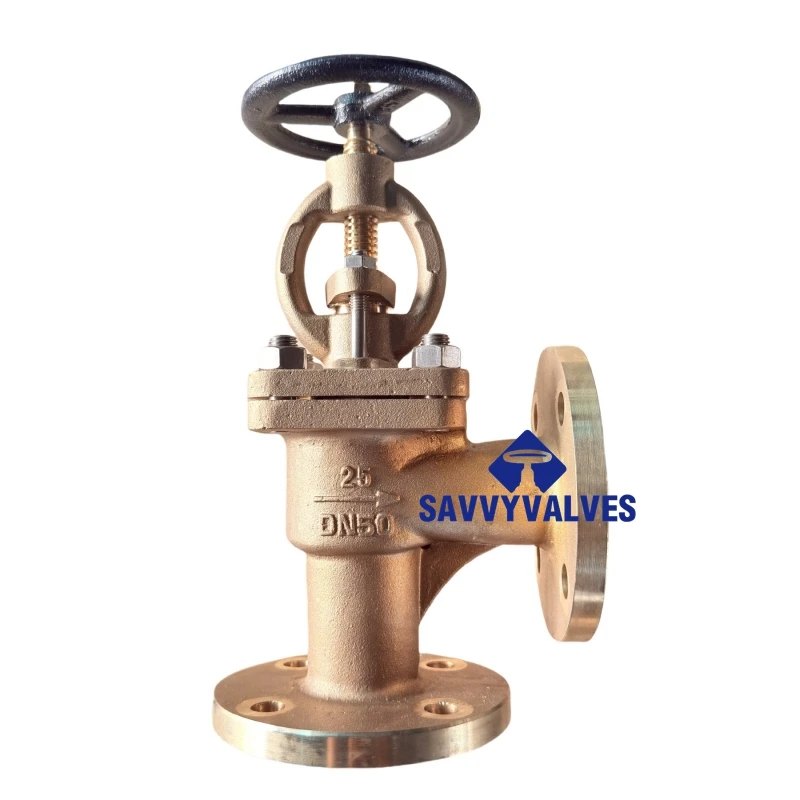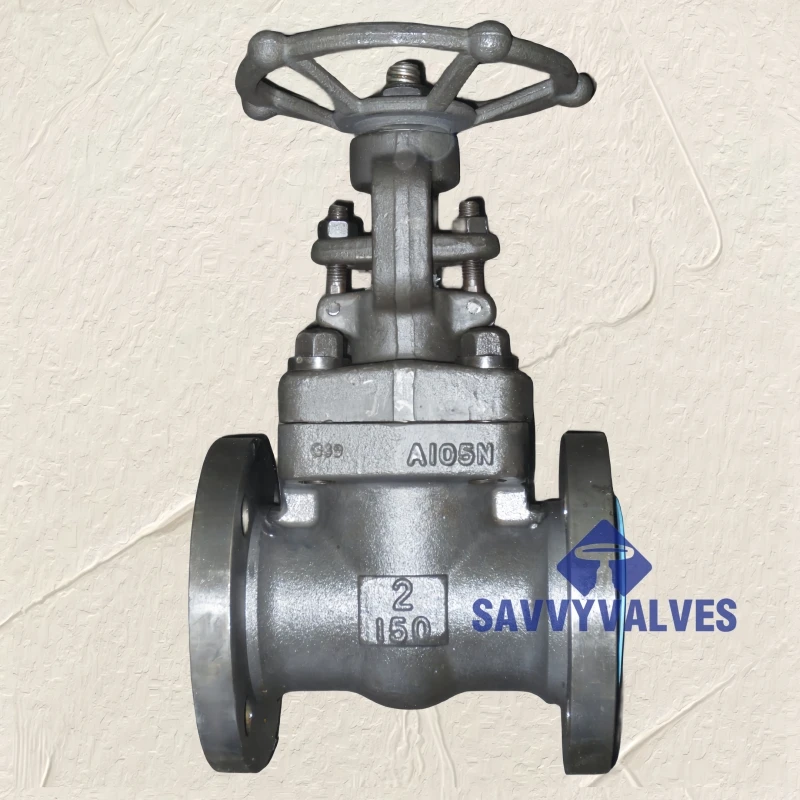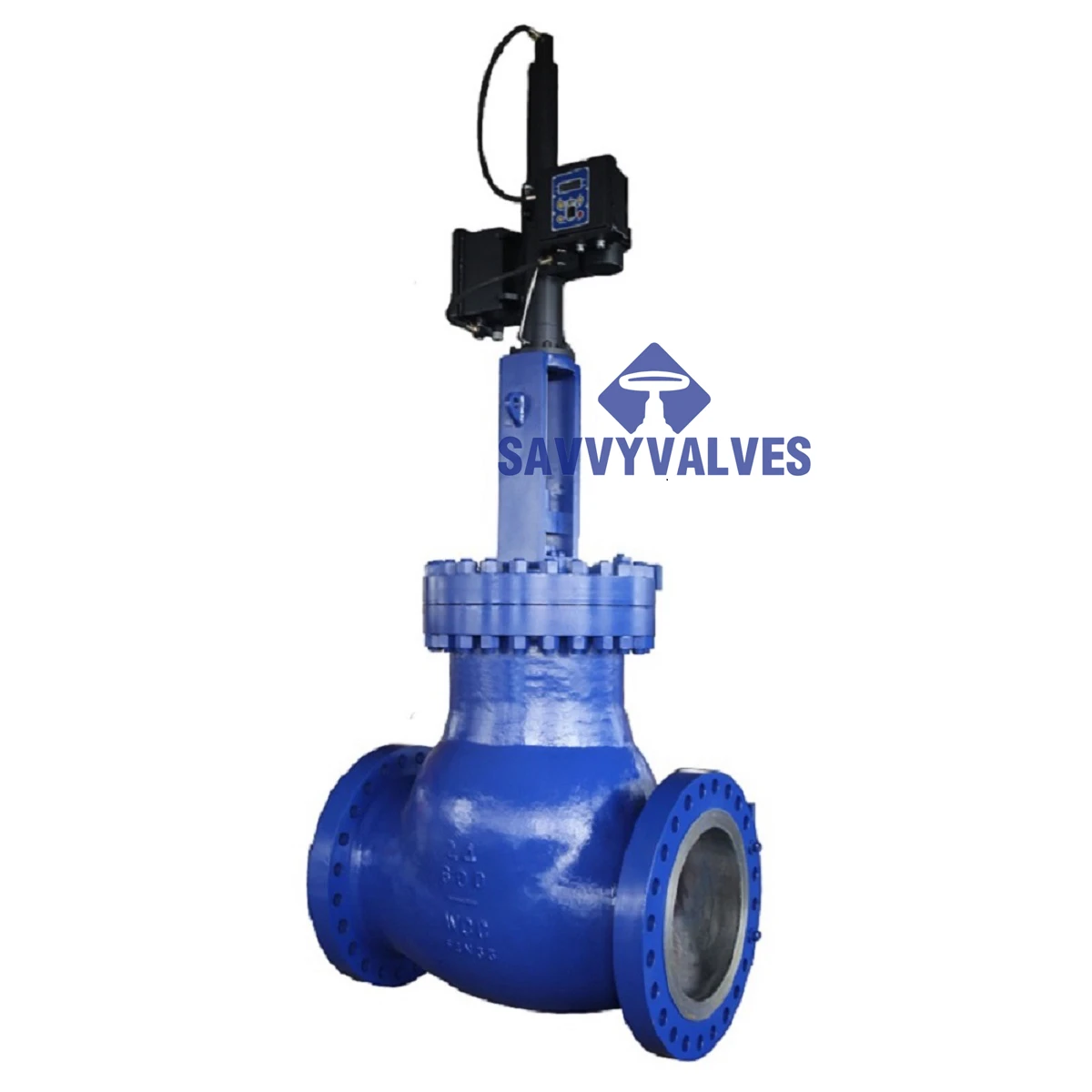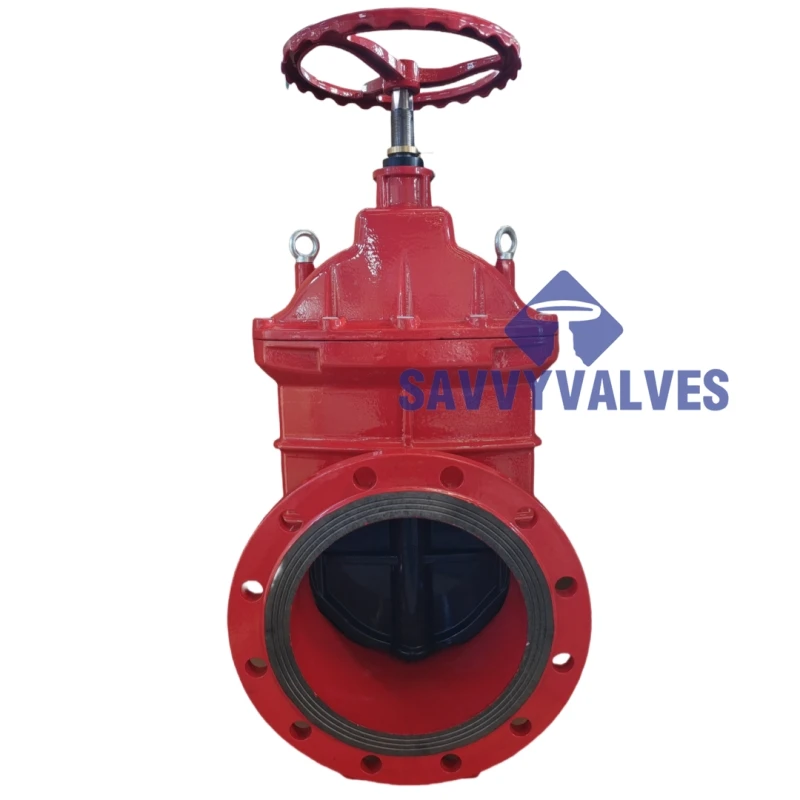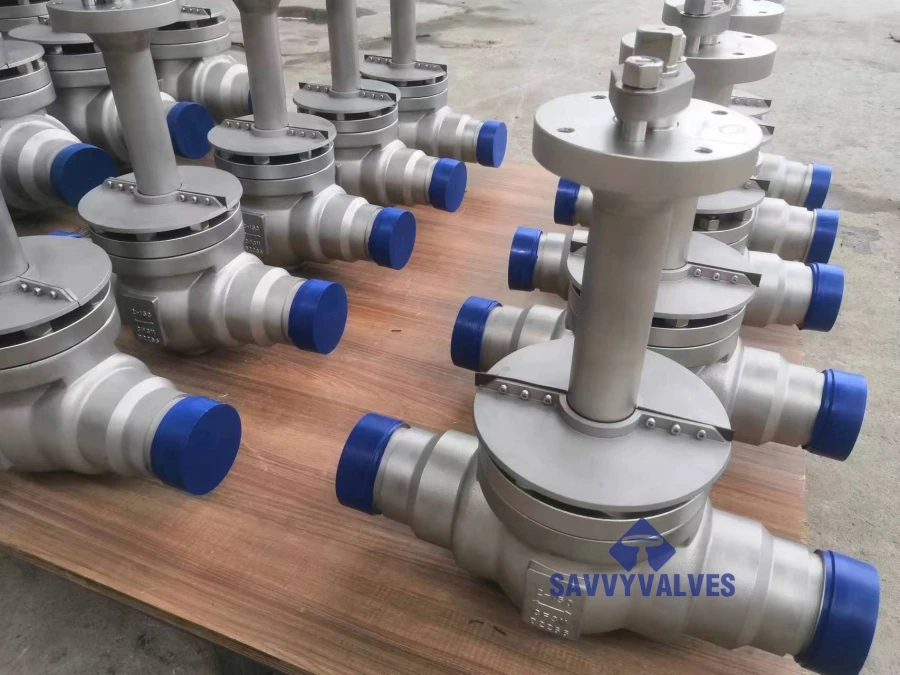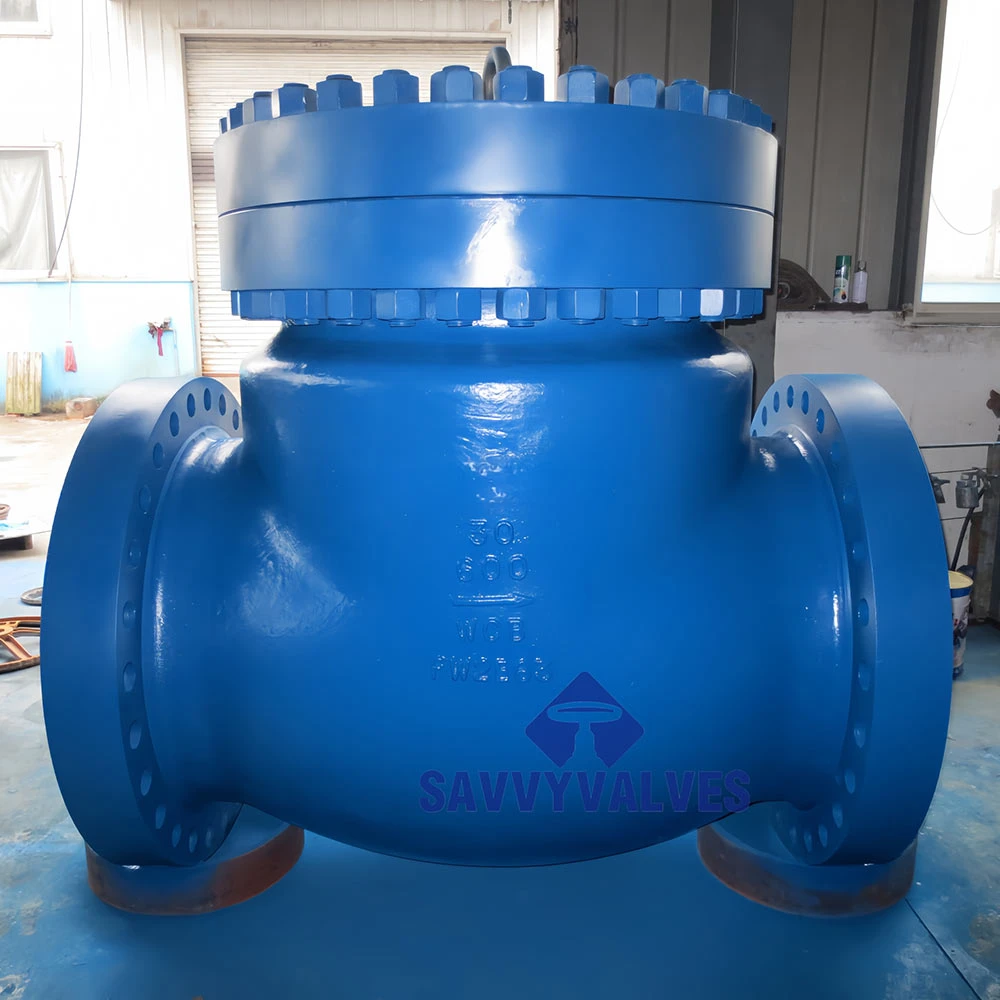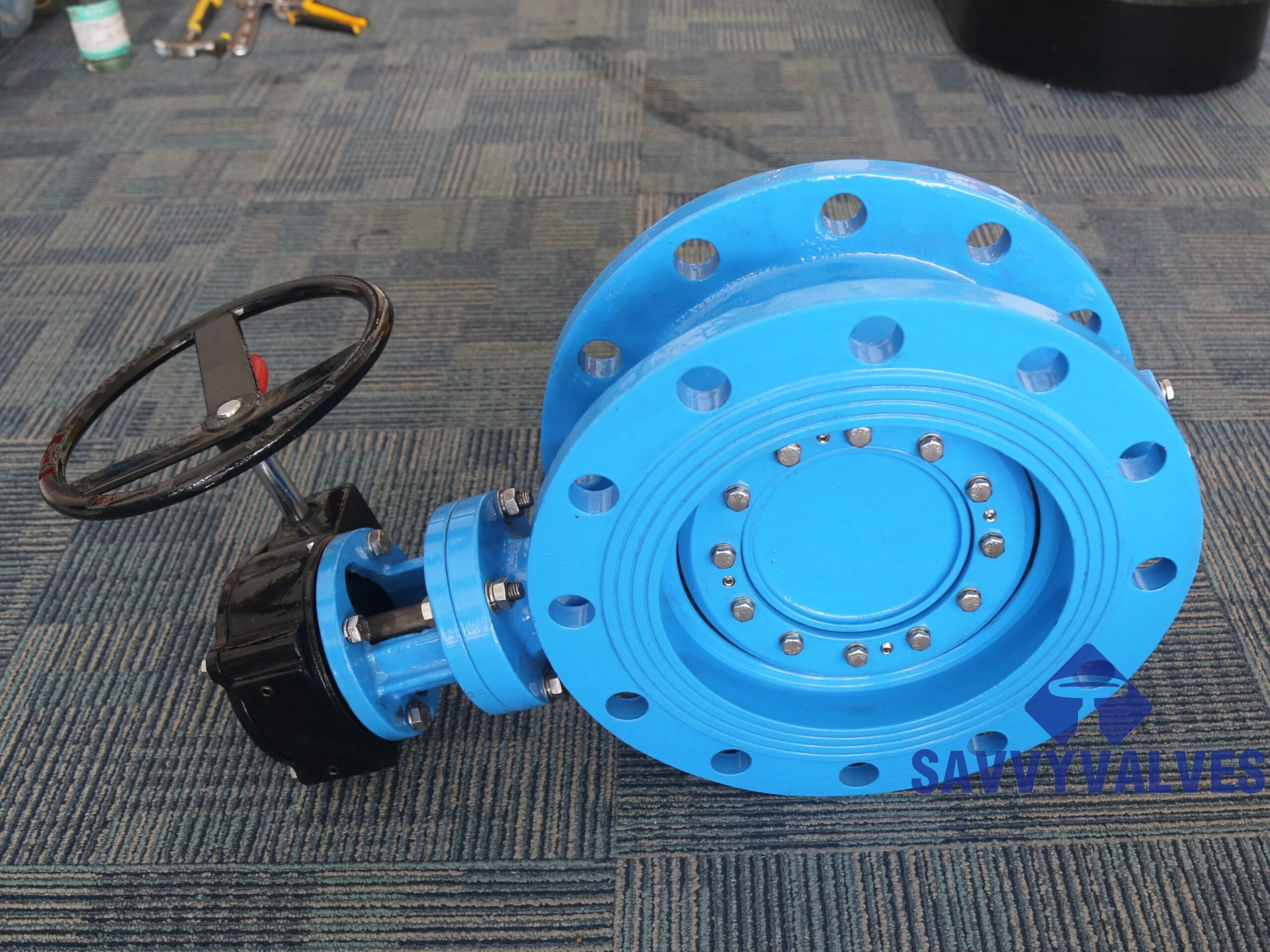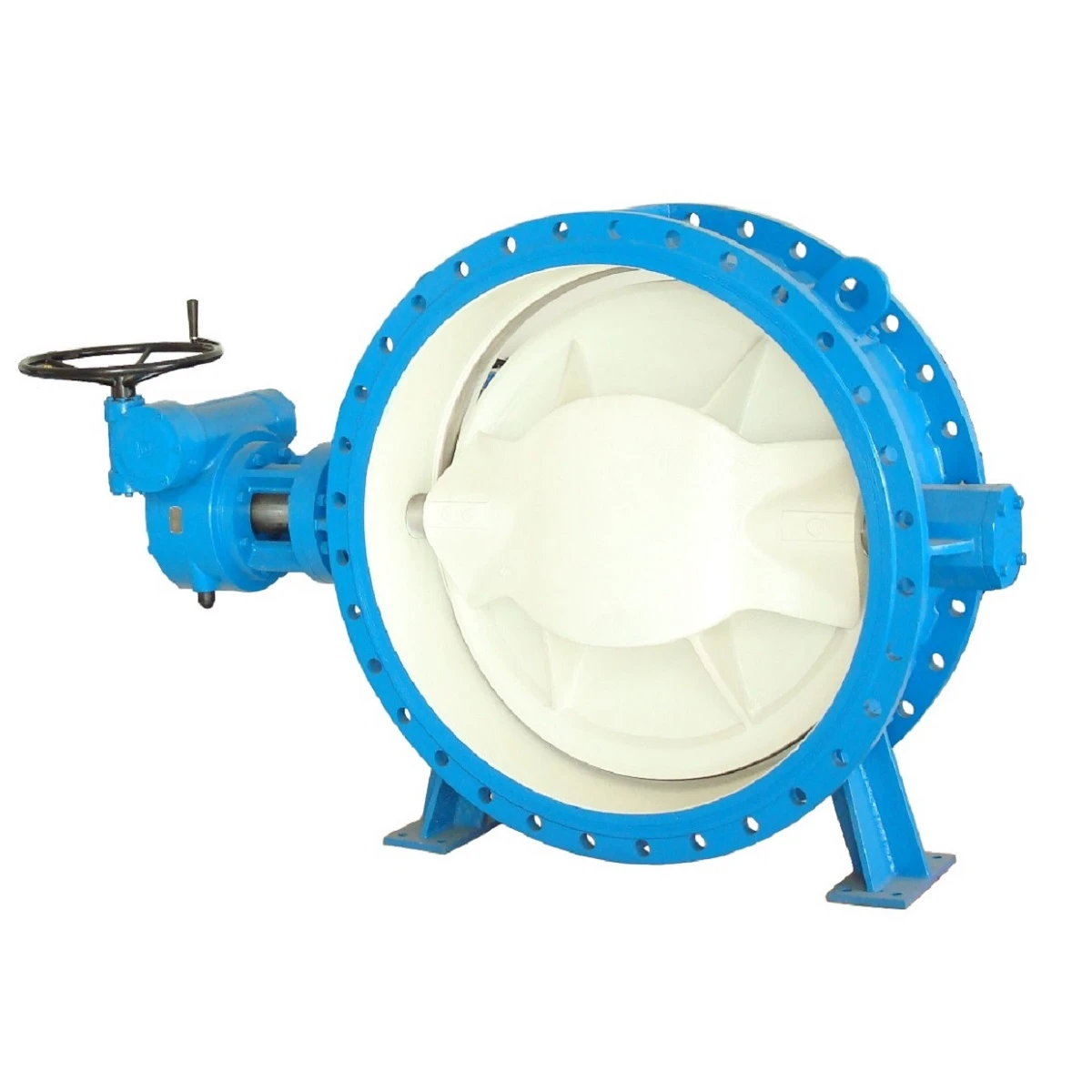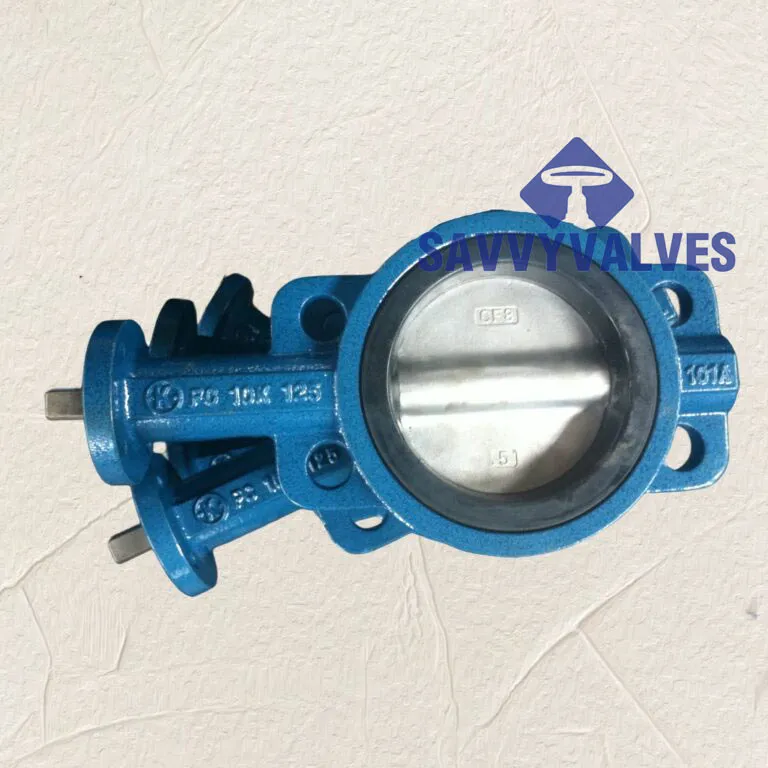
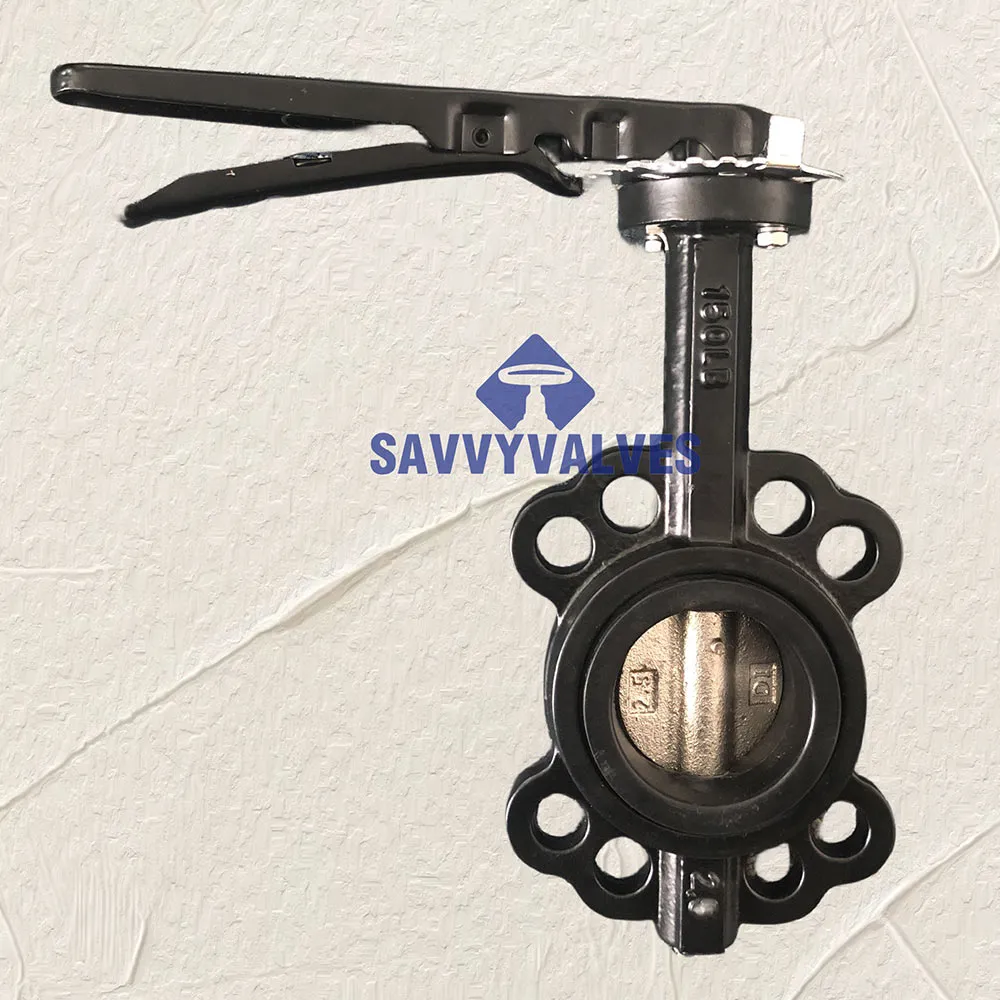
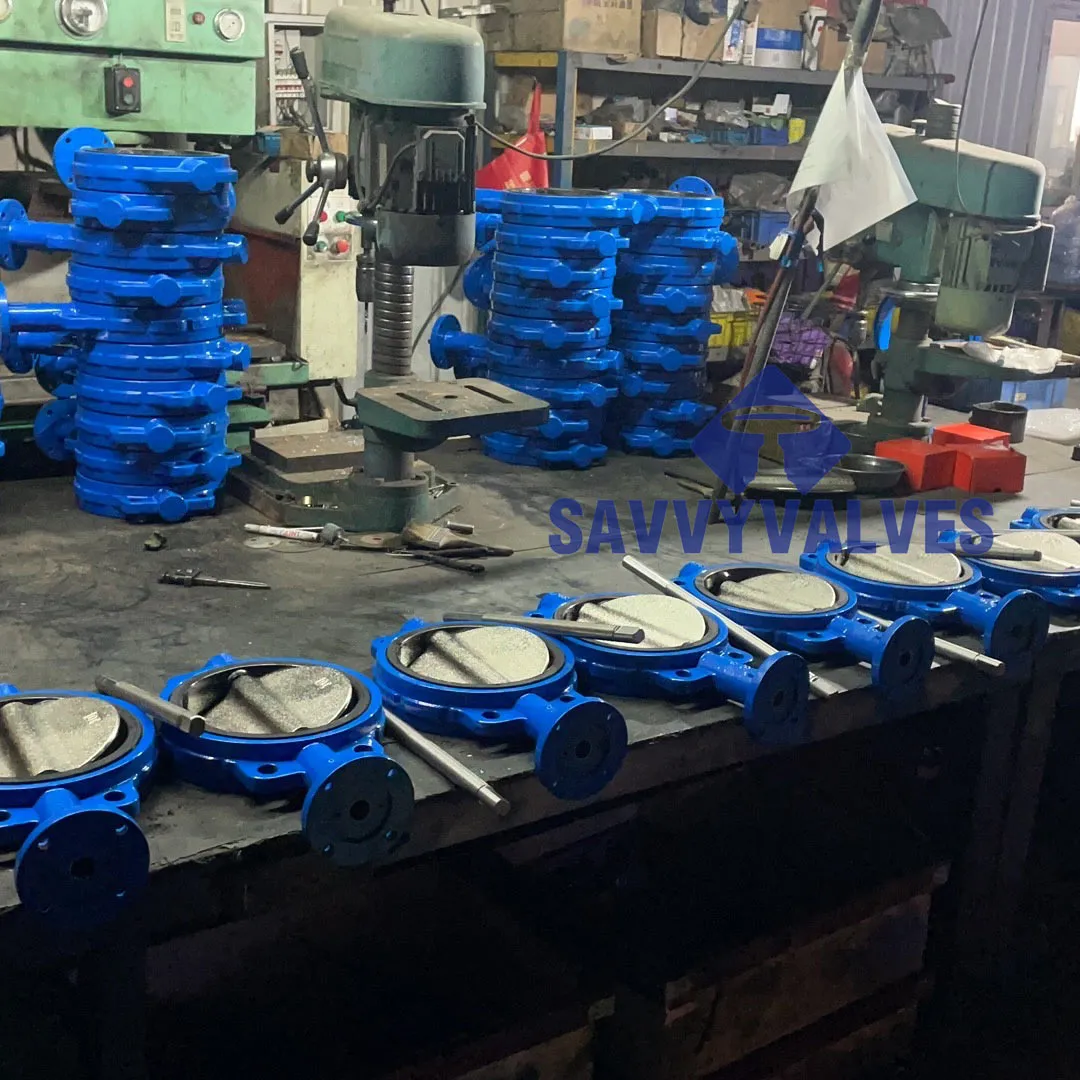
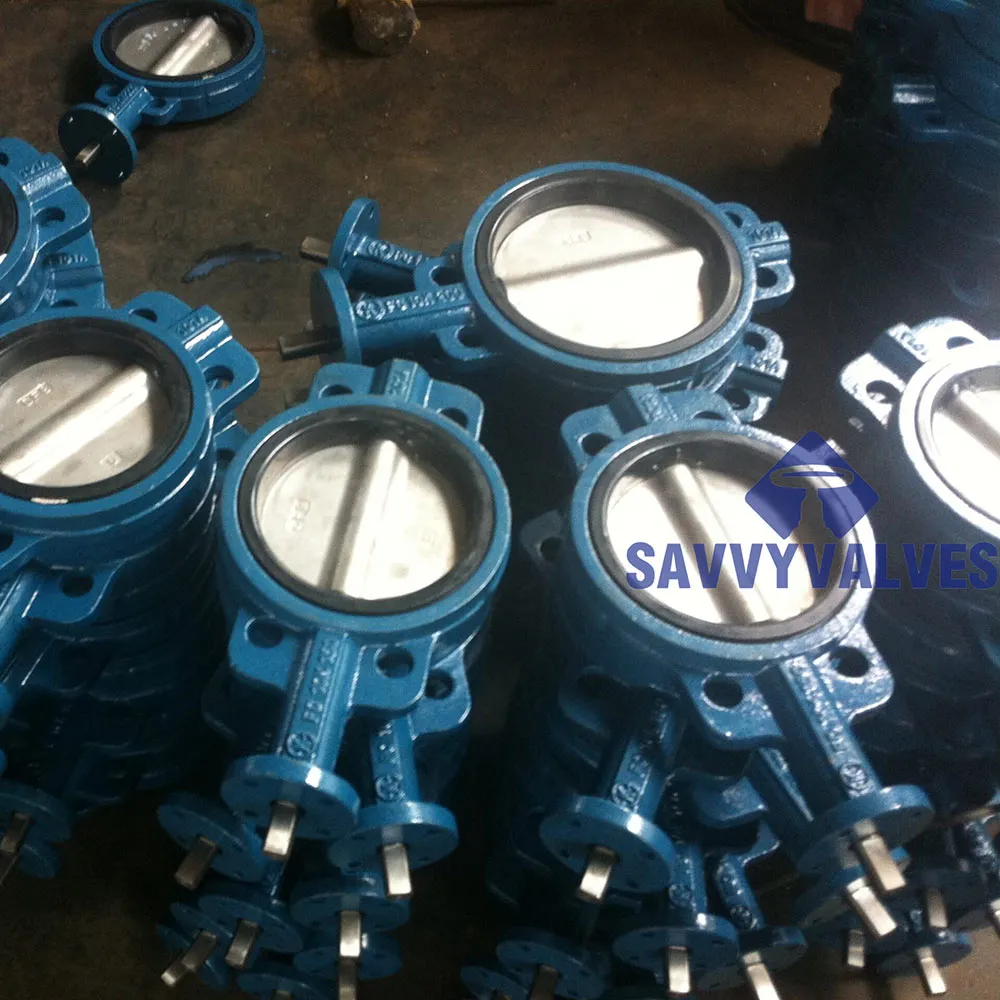
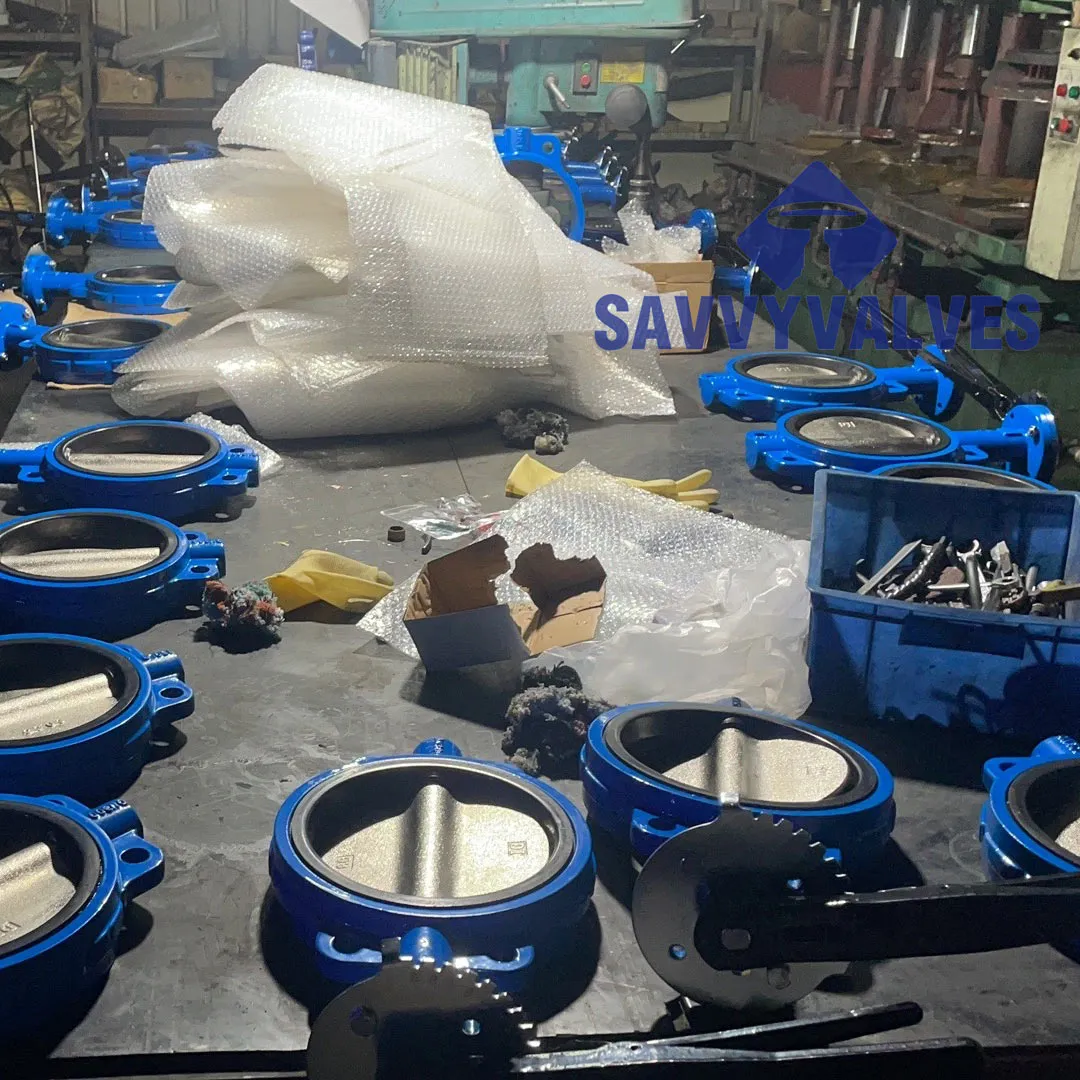
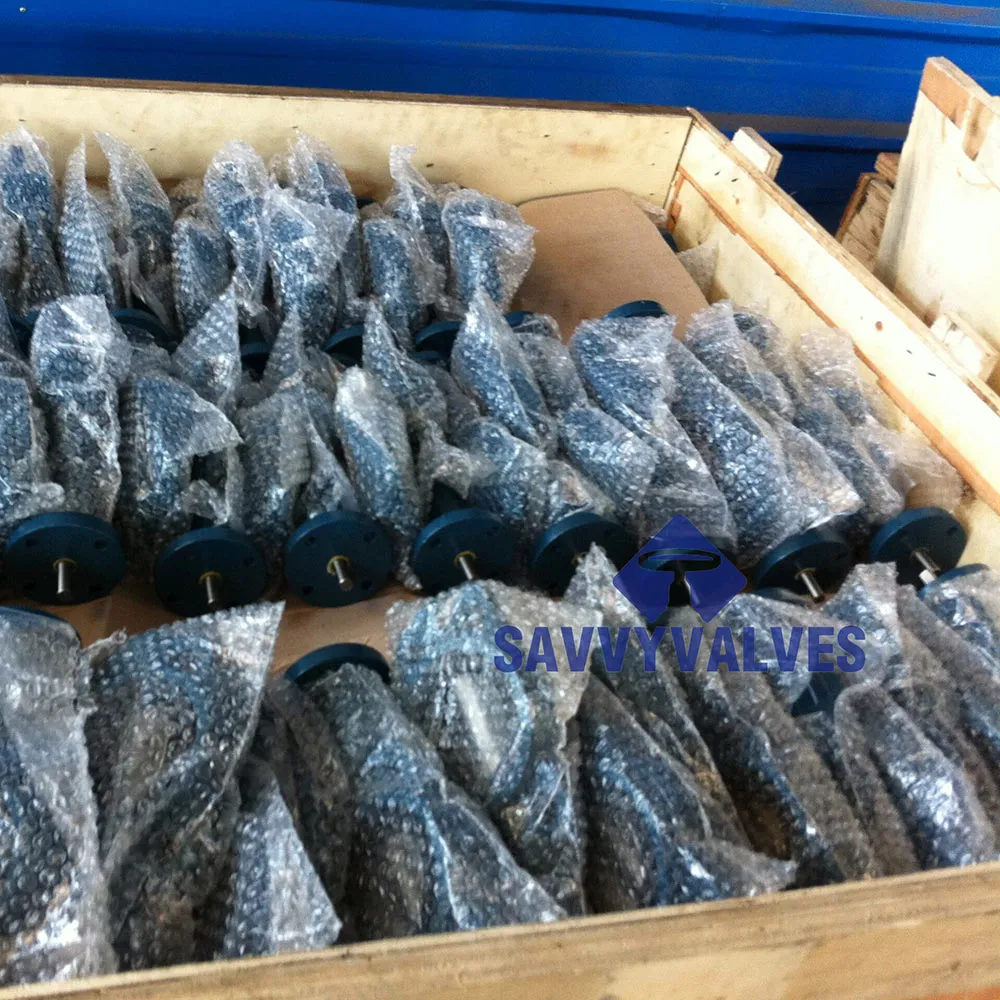
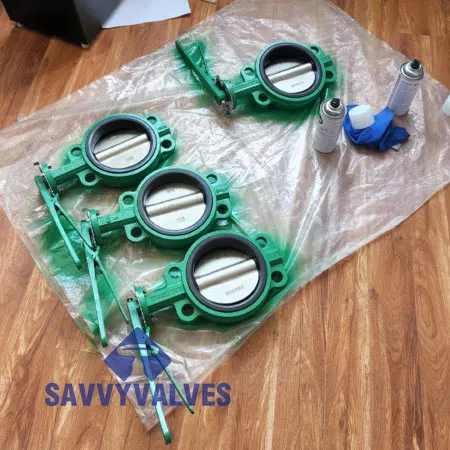
Wafer style butterfly valves are fundamental components of industrial pipeline systems, providing efficient and cost-effective flow control for various media including liquids, gases, and slurries. Their compact design, simple installation, and robust performance across diverse applications have cemented their role as essential valve solutions in industries like water treatment, HVAC, chemical, oil & gas, and food processing.
Website: https://www.savvyvalvetech.com
Phone: 0086-18395660720 | Mobile: 0086-18395660720
Email: Caozq@savvyvalves.com
Address: Block A Yintai Building, NO.48, North Xianyang Road, Hongqiao, District. Tianjin, China. (Office)
1. Understanding Wafer Style Butterfly Valves
The wafer style butterfly valve is engineered to mount between two pipe flanges and is retained by flange bolts passing outside the valve body. This design is highly valued for its short face-to-face dimension, lightweight, and rapid operation. The butterfly disc rotates on a central axis to either allow flow or block it, making it ideal for on-off or throttling purposes.
Popular among the key variants are:
- Wafer butterfly valve – Standard compact design, widely used for general isolation and flow control.
- Wafer type butterfly valve – Refers to valves with a wafer body, distinguished from lug-style or flanged types.
Wafer style butterfly valves are a cornerstone of this evolution.
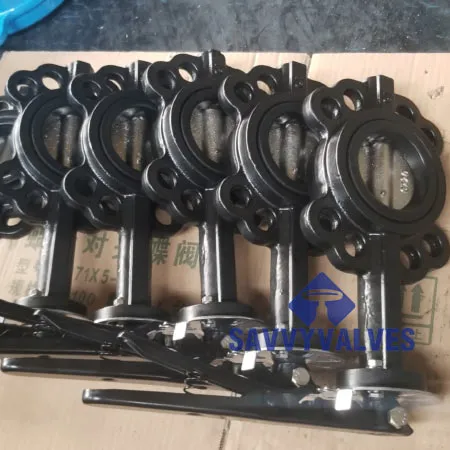
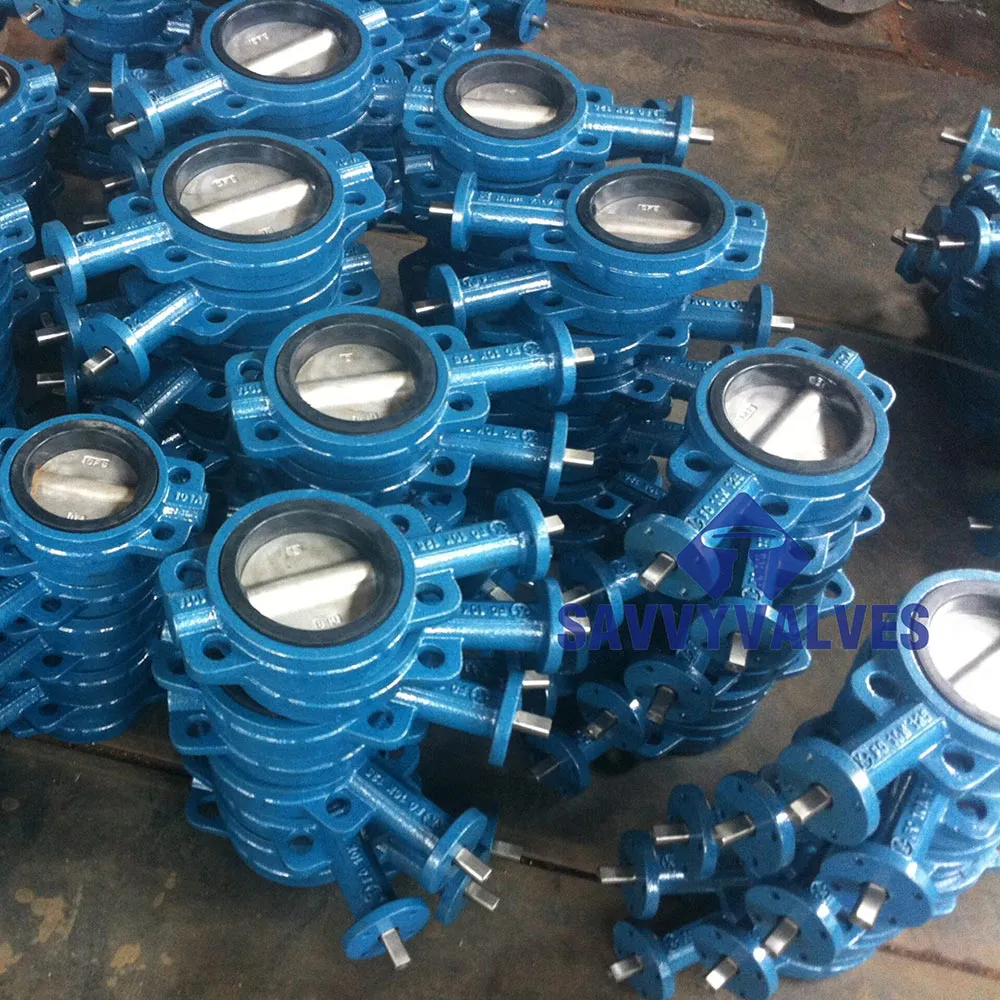
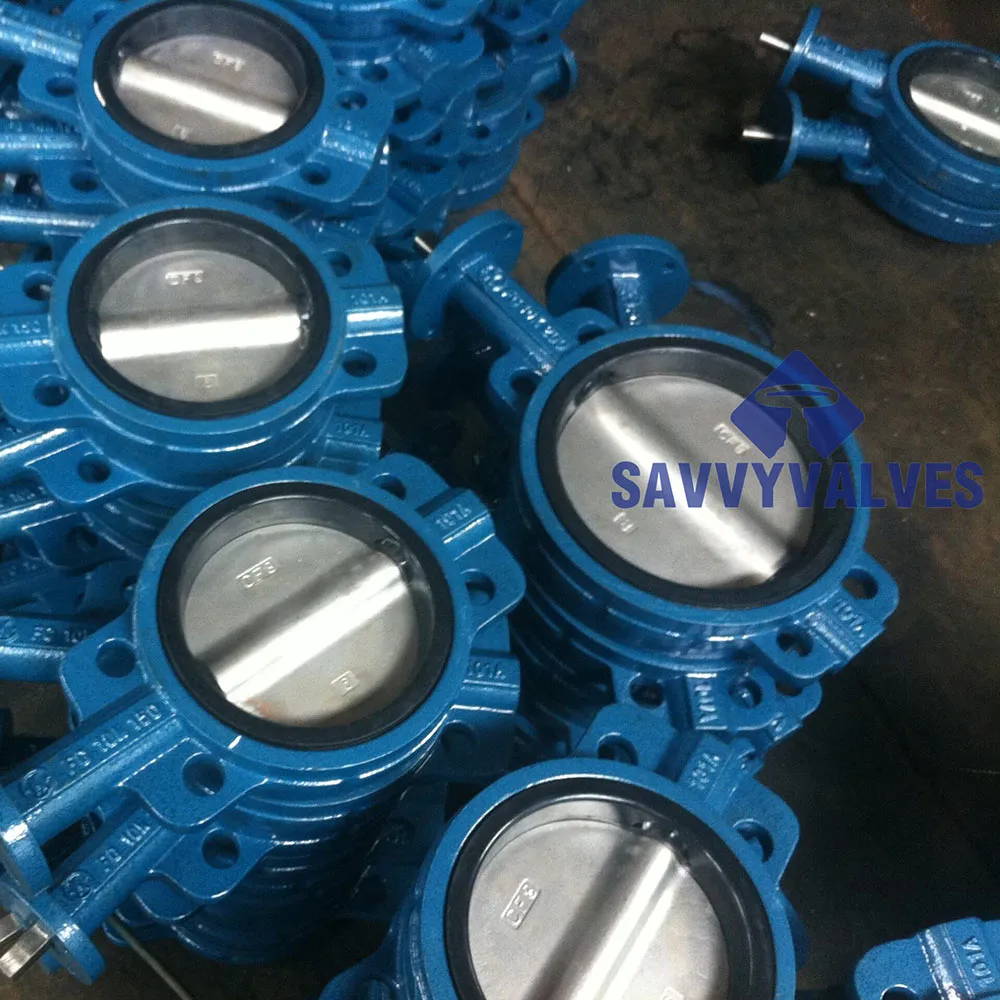
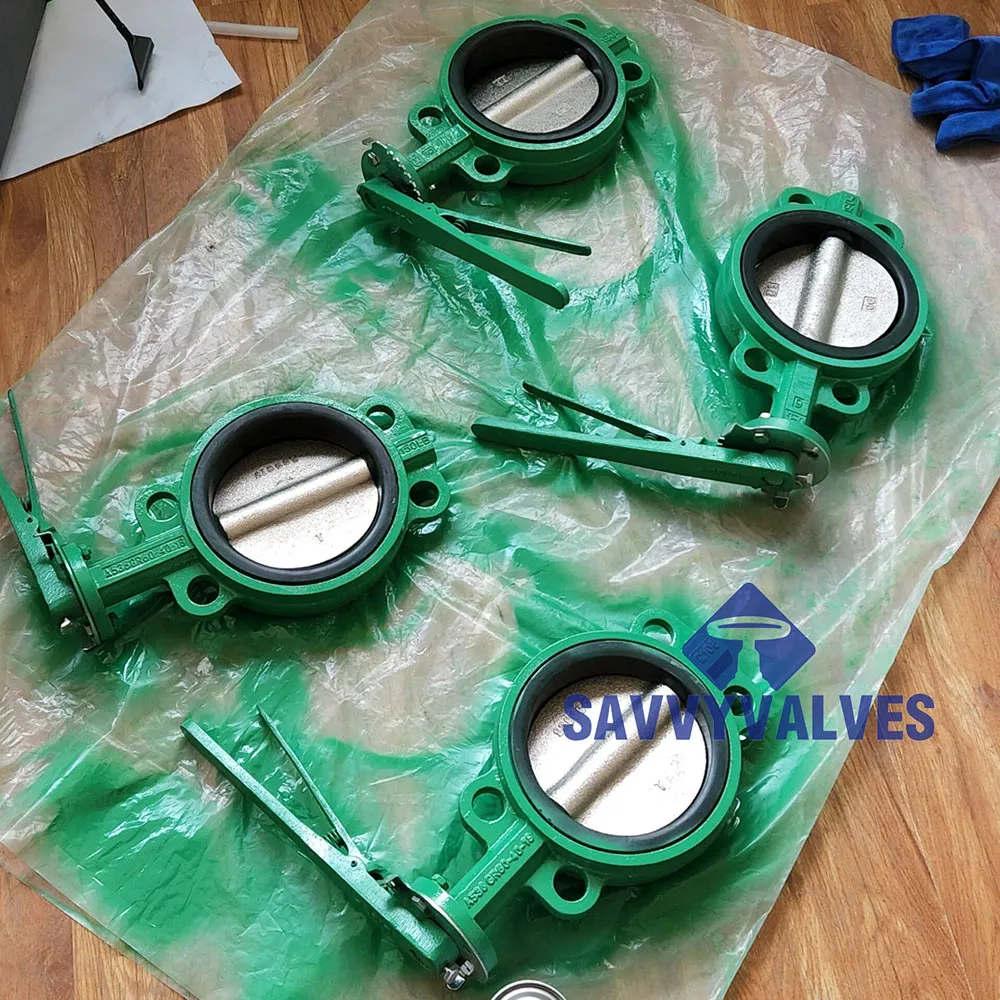
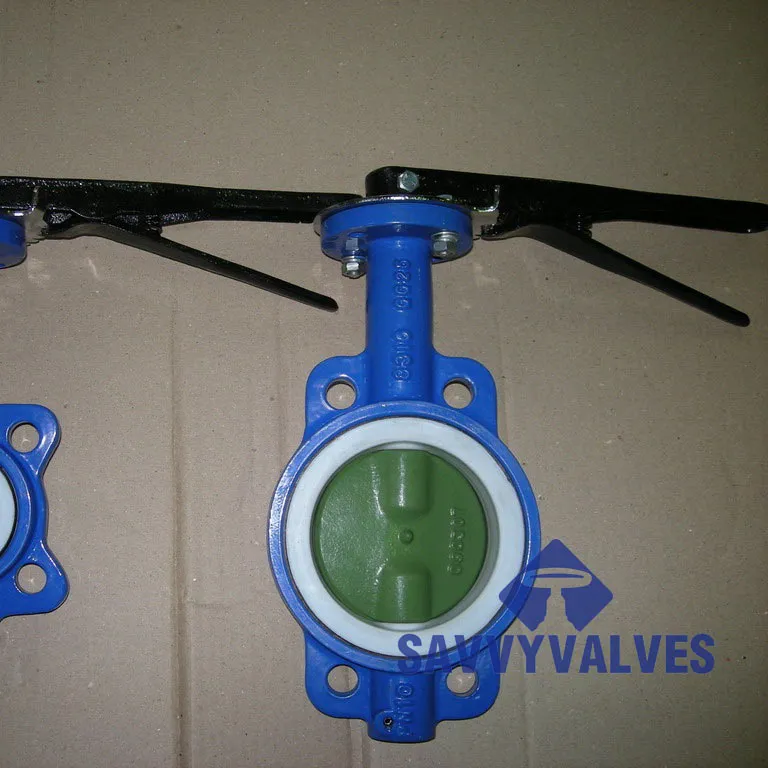
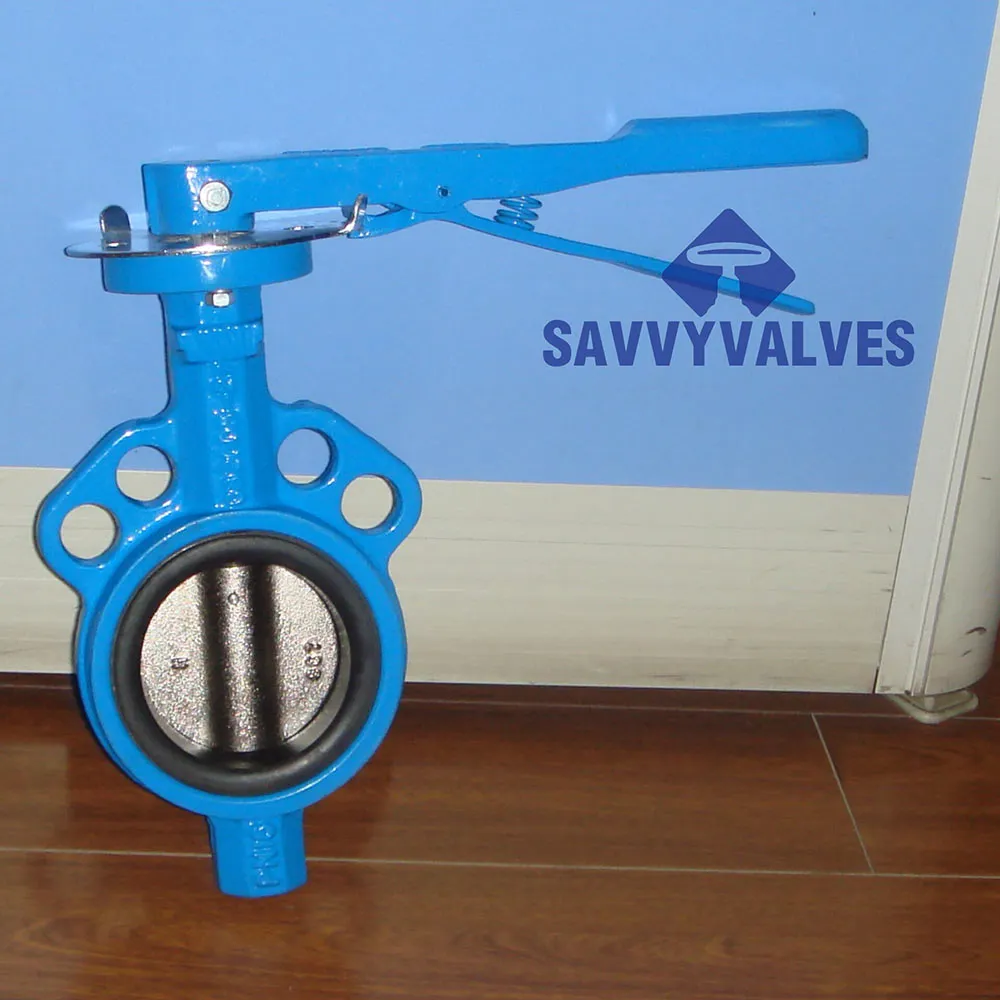
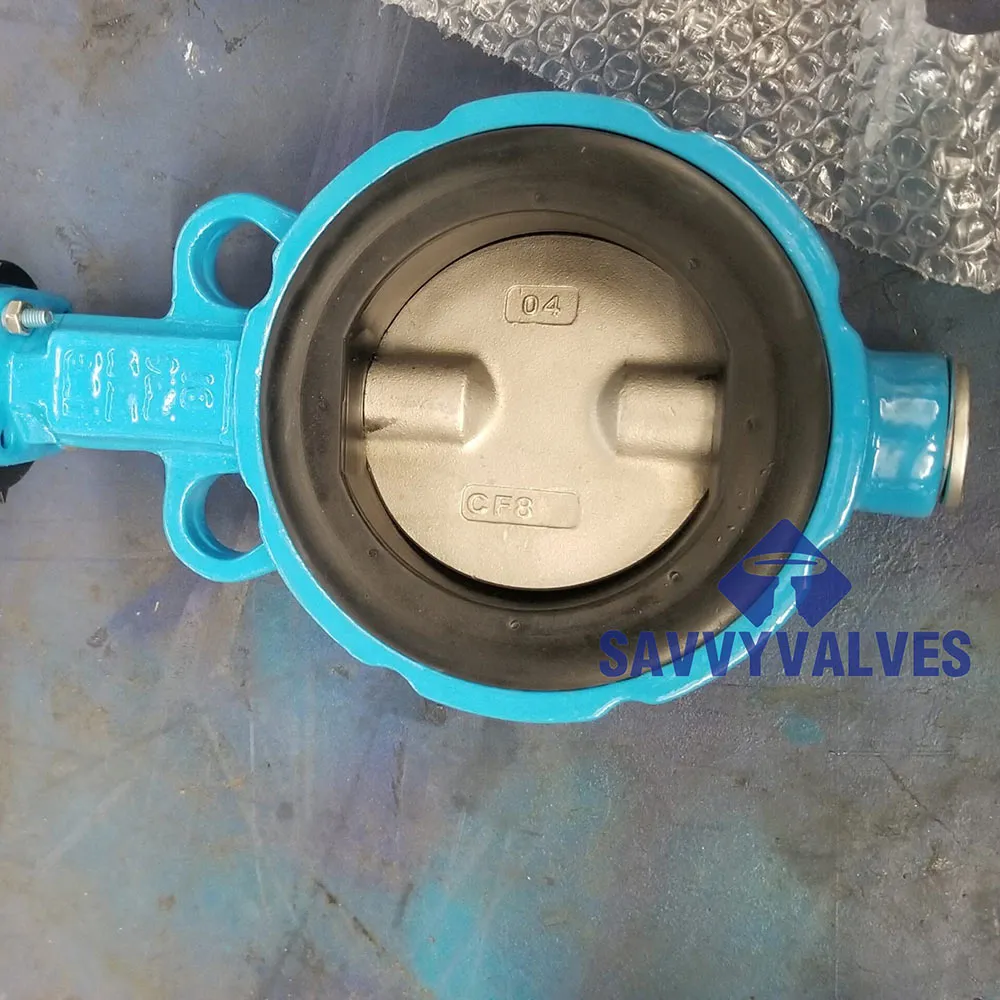
2. Product Spotlight: Replaceable Cartridge Seat Wafer Butterfly Valve
Replaceable Cartridge Seat Wafer Butterfly Valve – Specifications
- Size: 2.5″
- Rating: 125LB
- Body: ASTM A536 Ductile Iron
- Disc: ASTM A536 Ductile Iron 65-45-12
- Stem: SS416 (Pinless)
- Seat: EPDM (Replaceable Cartridge Type)
- Actuation: Lever Handle

The replaceable cartridge seat design allows for rapid maintenance and extended valve service life, while maintaining the advantages of the **wafer style butterfly valve** profile: low weight, compactness, and versatility.
For details, visit product page:
Replaceable Cartridge Seat Wafer Butterfly Valve
3. Industry Trends & Technology Parameters
Recent years have seen significant advancements in **wafer style butterfly valves**. According to Flow Control Network and peer-reviewed journal Journal of Cleaner Production, the global shift is towards:
- Eco-friendly, lead-free materials
- Advanced actuation (electric, pneumatic, smart actuators)
- Innovative seal designs (cartridge/replaceable seats)
- Smaller footprints and lighter weights with improved pressure ratings
- Compliance with ISO, ANSI, EN standards
Typical Technical Parameters Overview
| Parameter | Wafer Type Butterfly Valve | Lug Type Butterfly Valve | Flanged Type |
|---|---|---|---|
| Pressure Rating | Class 125/150/250 psi | Class 125/150/250 psi | Class 150/300 psi |
| Size Range | 2"–72" | 2"–48" | 3"–60" |
| Standard Face-to-Face | Short (ISO 5752) | Short (ISO 5752) | Longer |
| Body Material | Ductile Iron, SS, Bronze | Ductile Iron, SS | Carbon Steel, SS, Ductile Iron |
| Seat Material | EPDM, NBR, PTFE | EPDM, NBR, PTFE | EPDM, PTFE, Metal |
| Actuation | Lever/Gear/Electric/Pneumatic | Lever/Gear/Electric/Pneumatic | Gear/Electric/Pneumatic |
| Mounting | Between Flanges | With Threaded Lugs | Flange Bolts |
| Typical Usage | General Isolation, HVAC, Water | Dead-End Service | High Pressure, Large Pipes |
4. Replaceable Cartridge Seat Wafer Butterfly Valve – Key Data Visualization
5. Applications and Industry Use Cases
The wafer style butterfly valve finds widespread use in:
- Building water supply, heating/cooling networks (HVAC)
- Industrial water, wastewater, and desalination plants
- Food & Beverage processing, where quick maintenance is crucial
- Chemical and pharmaceutical industries (with PTFE or FKM seats)
- Fire protection, irrigation, mining, and utilities
- Reduced downtime & easy seal replacement
- Better chemical resistance and media compatibility
- Lower total maintenance costs
6. Professional Q&A: Key Terminologies in Wafer Butterfly Valves
The most common body materials are cast iron, ductile iron (e.g., ASTM A536), stainless steel, and sometimes bronze. Ductile iron offers a reliable blend of strength, impact resistance, and cost-efficiency, making it ideal for general applications (Source: ASM International).
It refers to a pre-molded seat insert (EPDM, PTFE, or others) that can be quickly swapped out from the valve body during maintenance, eliminating the need for complete valve dismounting. This design considerably shortens downtime and operational interruptions.
Key standards include ISO 5752 (face-to-face), EN 593, API 609, and AWWA C504. These govern dimensions, testing, and performance criteria.
Pinless stem designs eliminate the need for a disc-stem pin, reducing leakage risk and increasing mechanical reliability. SS416 stainless steel adds corrosion and fatigue resistance.
Yes, modern wafer style butterfly valves are built for pressures up to 250 psi (or more, depending on size/material). The replaceable cartridge seat enhances pressure retention over long service cycles.
Lever handles suit manual, quick on/off functions—ideal for HVAC, waterworks, and situations where flow control adjustments must be simple, safe, and completed without tools.
Wafer mounting enables space-saving installation between flanges, simplifying alignment and reducing weight. It also eases valve replacement in confined settings compared to lug- or flanged-types.
7. EEAT: Citing Forums and Industry Sources
To ensure accuracy and authority, below are selected industry references confirming the trends & technologies for wafer style butterfly valves:
- Valve World: Wafer Style Butterfly Valves: A Compact Solution
- Prof. W. Streicher, Journal of Fluid Control Components (2023) – Design and Performance of Modern Butterfly Valves
- VMA Valve Basics: Butterfly Valves Overview
- Eng-Tips Industrial Forums (2024): Butterfly Valve Discussions
- SAVVY VALVES CO., LTD. product archive: Replaceable Cartridge Seat Wafer Butterfly Valve
SAVVY VALVES CO., LTD. stands at the forefront of innovation in wafer style butterfly valves, championing expertise, authority, and trustworthiness with continual product improvement and global service.

